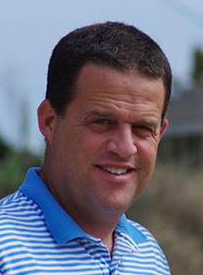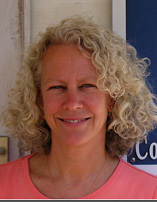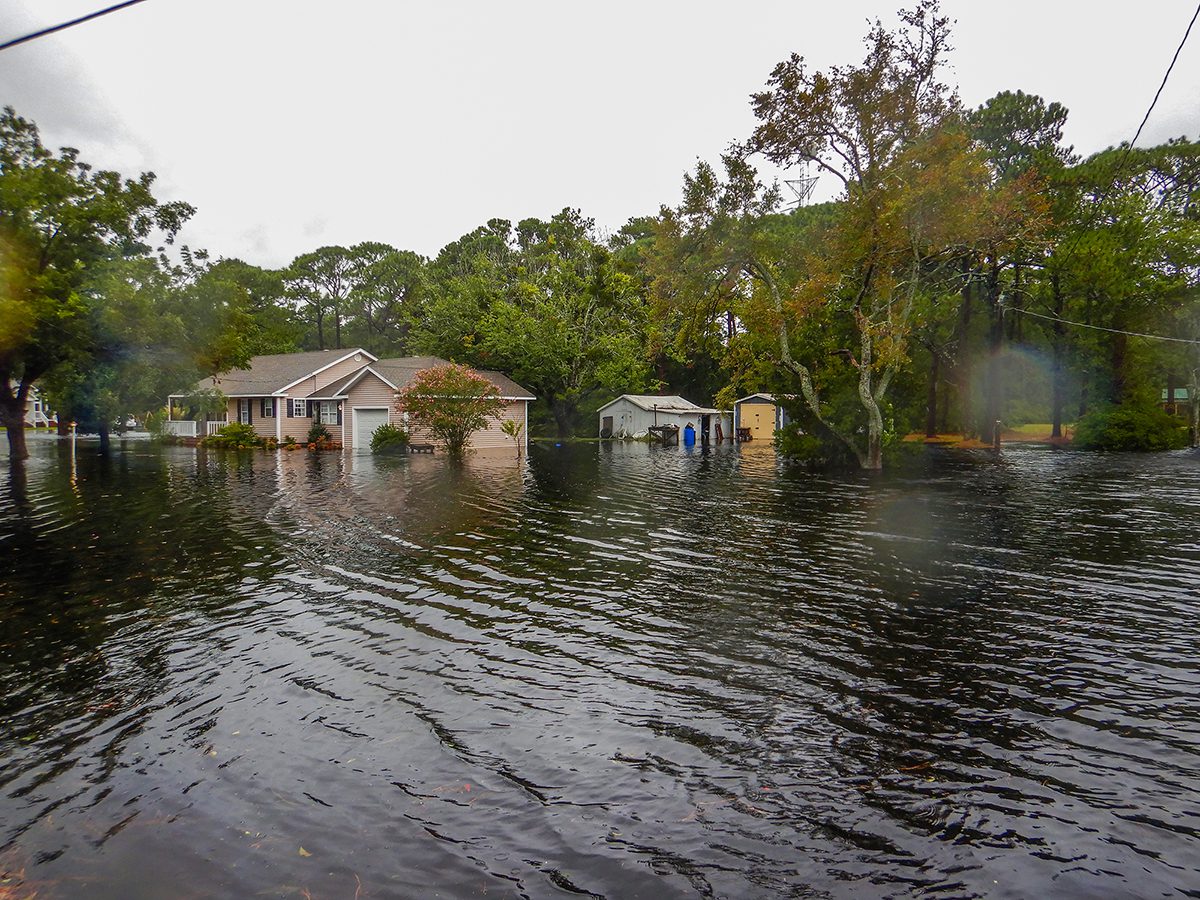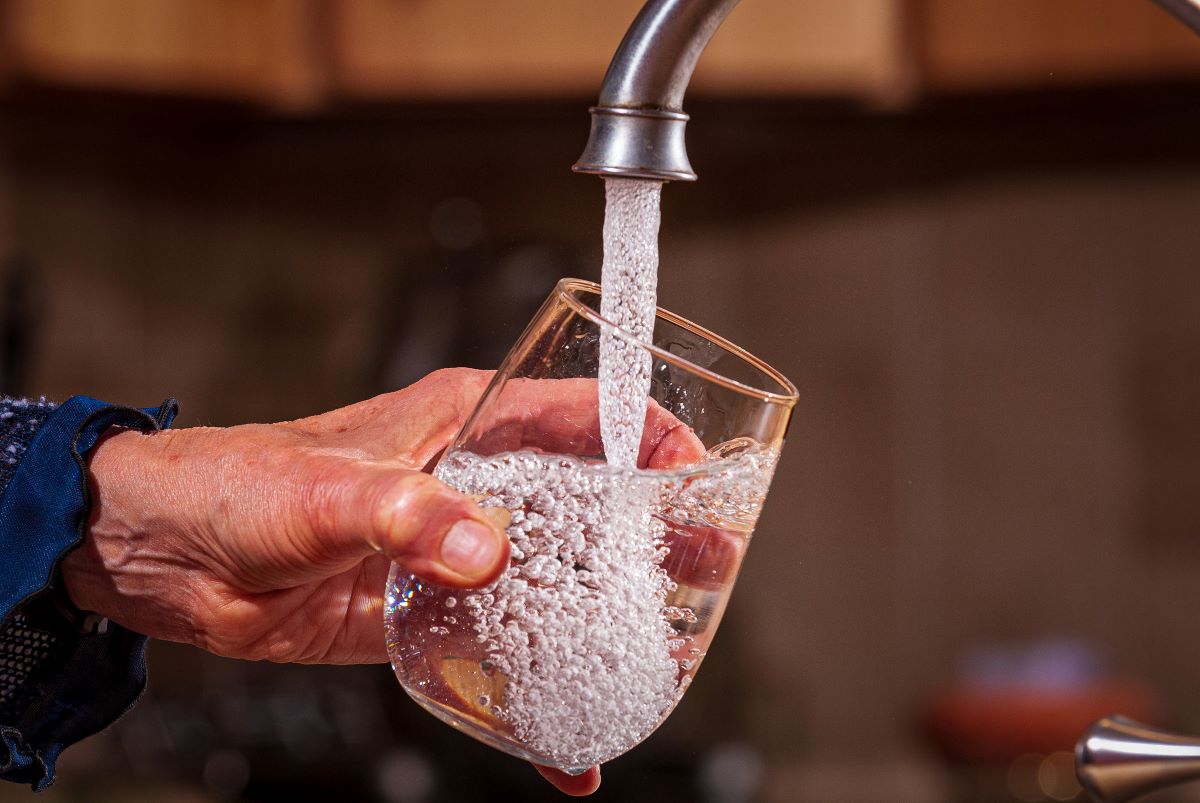NAGS HEAD — Septic tanks and bird droppings contribute to the stew of pollutants that pour into the ocean during and after storms on the Outer Banks, but measures to remediate the toxic flow could prove to be costly and politically difficult.
A draft report on a stormwater pilot project almost a decade in the making details episodic elevated levels of bacteria from fecal contamination at Nags Head and Kill Devil Hills beaches in the vicinity of nine ocean outfalls – large pipes maintained by the state Department of Transportation.
Sponsor Spotlight
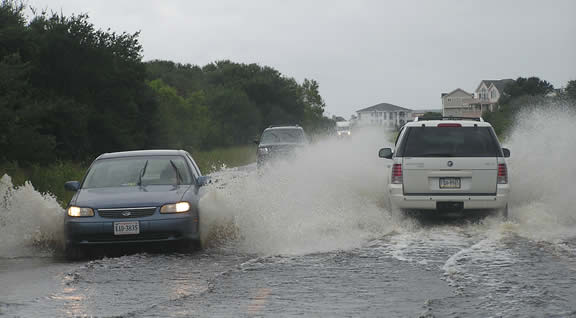
“The … results from monitoring of outfalls from this study, conducted over a wide range of storm events, clearly indicate that Enterococcus sp. levels along beaches impacted by outfall discharge consistently exceed water quality standards throughout and well after a storm event,” the document said. “Furthermore, the impact of the Enterococcus sp. contamination appears to extend to distances in exceedance of 100 meters up and down the beach from outfall pipes.”
The N.C. Department of Environmental Quality, or DEQ, paid for report, called the “Ocean Outfall Master Plan.” Done in conjunction with the Coastal Studies Institute in Wanchese and the UNC Institute of Marine Sciences in Morehead City, the report is currently undergoing review. The Raleigh-based engineering firm Moffatt & Nichol submitted a draft to DEQ, which sent it back with comments. Others involved with the project have also submitted comments. Moffat & Nichol will incorporate those comments into the report, which will then be the subject of meetings along the Outer Banks. The final report is expected within a month or two, said Johnny Martin, coastal and hydraulic engineer at the engineering company.
It is, he noted, the first large-scale study of its kind in the state, although the large majority of state-maintained ocean outfalls are in Dare County.
“Once the final report is submitted, we’ll review it thoroughly and determine next steps,” said Tom Reeder, an assistant secretary at DEQ.
Sponsor Spotlight
Stormwater runoff on the Outer Banks can contain high levels of bacteria from human and animal waste, but it also can carry pollutants from fertilizer, pesticides and petroleum products like oil and gas. Although sewage treatment systems are few on the Outer Banks, their discharges are not released through pipes going to ocean beaches.
The state has been sampling swimming waters at ocean and sound beaches since 1997, said J.D. Potts, manager of the Recreational Water Quality Program at the state Division of Marine Fisheries. About 10 years ago, permanent signs warning swimmers against possible pollution were posted at all the ocean outfalls on the Outer Banks.
Potts said that bacterial contamination is generally highest after rainfall. But since it’s harder to detect when water is flowing from the mostly submerged pipes on the Outer Banks, he said, the agency decided it was safer to have a permanent posting at the drainage pipes warning swimmers to stay 200 feet away.
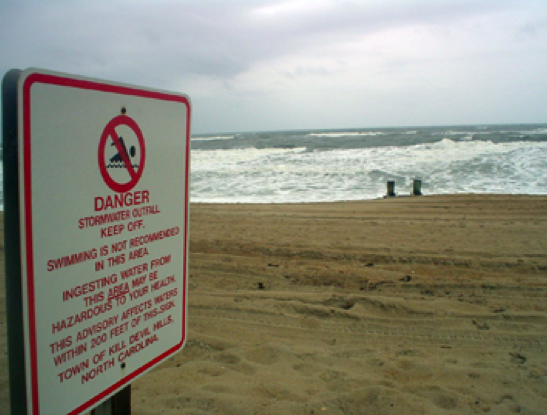
“We’re hoping people pay attention to the signs,” he said, “because we recognize at times there is a risk.”
Potts said the recreational waters are tested every Monday or Tuesday between April 1 and Oct. 1 at 240 sites throughout the state for excessive levels of enterococci, an indicator bacteria for pathogens found in the intestines of warm-blooded animals. When unsafe levels are found in samples, a swimming advisory will be issued and a sign will be posted until the levels fall. The bacteria increase the risk of diarrhea, vomiting and skin infections.
This year, there has been only one ocean swimming advisory issued briefly in Dare County, Potts said. The location, 100 feet north of Jennette’s Pier, was likely affected by pier fishing, not storm drainage, he said.
Still, state testing is not done directly from ditches where stormwater collects from the watersheds, Potts said. Samples are taken about 10 feet from the outfalls. Bacteria levels, he said, would be higher in the ditches.
“These data indicate that while beach closings are a result of sampling conducted at the outfalls, there are water quality issues throughout the town’s watersheds,” the report said. “These must be considered when selecting the appropriate measures to improve beach water quality.”
Much of the issue with bacteria in stormwater, according to the report, can be blamed not only on animal waste, but on the thousands of septic tanks that have been permitted in this resort community, at least some of which may be in poor condition or in locations with high water tables.
Jack Flythe, Dare County’s environmental health supervisor, said about 45 to 60 septic permits are issued each month, based on conditions, among others, that require certain distances from other properties and the mean high water mark. Inspections take place before the permit is issued and after repairs. But otherwise, he said, it is up to the property owner to monitor the condition of the system.
The report lauded the town of Nags Head for the septic-tank initiative it launched in recent years that involves voluntary citizen participation in inspection and maintenance of septic tanks in town. So far, Kill Devil Hills has not adopted a similar program. But town manager Debora Diaz said she has made the board of commissioners aware of the draft plan.
“When the final document is presented, the board will review and consider the recommendations for Kill Devil Hills,” Diaz wrote in an e-mail. “The board is interested in learning more about the Septic Health Initiative program that Nags Head began a number of years ago.”
Nags Head officials are also closely following the development of the report, noted Cliff Ogburn, the town manager. “The Town has always been interested in water quality and it continues to pay close attention to information that will help us develop policies and programs to protect the environment,” he wrote in an e-mail. “We hope to leverage this information along with the other resources available to us, including the water quality monitoring data from the Town’s Septic Health program, to see what actions we might consider moving forward to continue to facilitate the proper functioning of septic systems and mitigate any potential impacts to groundwater and surface water quality. This remains one of our most important goals as a community. We will address the challenges of managing this environment as best we can.”
It is clear that, in general, leaking septic tanks contribute loads of bacteria to stormwater, especially when it rains. “At mean groundwater table levels, the portions of the study area where groundwater is in the range of 0-3 feet below the surface are largely concentrated in more developed areas, which is problematic because that is where the highest concentrations of on-site septic systems are located,” the report stated.
“During times of high groundwater levels, groundwater passes up through the septic layer and can be seen at or above ground level as standing water throughout significant portions of the study area.
“Not only does this pose a health concern, but it also is an indication of a need for stormwater drainage,” the report continued. “This upward movement through the ‘septic layer’ and out to the surface may be an important dynamic in the high concentrations of fecal indicator bacteria in stormwater runoff events.”
That human waste is contributing to the problem was confirmed by tests done at the Institute of Marine Science.
One blessing is that bacterial contamination of beaches is typically short-lived, thanks mostly to ocean currents and the volume of water in the ocean that dilutes the concentration. But standing water – the impetus for the stormwater study in the first place – is another story.
“It goes way back to Sen. (Marc) Basnight in 2007, when we had a series of rainfall events,” recalled Nancy White, director of the Coastal Studies Institute in Wanchese. “People just went crazy and they inundated his office with telephone calls.”
Basnight, a native of Manteo, was at the time the leader of the state Senate.
Yards, parking lots and roads, especially on the northern Outer Banks, had been flooded by rain, and the increasingly wretched water not only didn’t drain away, it worsened with each storm. For weeks, people had to navigate through huge pond-sized puddles in their neighborhoods or try to pass through fetid rivers of floodwater on roadways.
It was determined that the only entity with responsibility for stormwater management in the county was NCDOT, which was responsible for maintenance of drainage outfalls.
Eventually, it was agreed that it was necessary to find out the volume and bacterial load of the runoff going through the outfalls.
Initially, CSI was actively involved in collecting data for the study and was supposed to analyze the results to determine ways to remediate the stormwater and its pathogen content. For two years starting in 2007, stormwater in outfalls was tested by the coastal scientists.
“There are 900,000 to 1 million gallons flowing through each pipe for every inch or two of rainfall,” White was quoted in a 2009 article in The Virginian Pilot. “There’s tens of thousands of cells of bacteria in every liter of water. The hard part is figuring out where the bacteria is coming from.”
But when about $12 million of the original $15 million appropriated for the stormwater project was diverted to cover construction costs for Jennette’s Pier, the role of CSI was diminished, White said, including work on the study. “I’m not directly involved,” she said this week.
As part of the state effort to reduce the stormwater bacteria, a pilot study of a “best management practice” was launched at the Conch Street outfall in Nags Head that involved installation of a filter system known as the AbTech Smart Sponge. Designed to capture the majority of the bacteria before the water reached the ocean, the system was enclosed within a concrete vault under the parking lot and directed water through two rows of 60 bacteria-attracting filter packs. Total costs for the device, including construction and a one-time replacement of filters was $1.3 million, Martin said.
The remainder of funds, about $1.7 million, was split between CSI, Moffit & Nichol and IMS for the outfall report, data collection and monitoring.
But the sponge technology, used successfully in Rhode Island, proved to be ineffective on the Outer Banks, partly because the water flows were much higher. “Higher tides impeded flows to be efficiently transmitted through the device,” Martin explained. “When tides were low, measurable treatment was achieved.”
According to the report, the filters were repeatedly clogged by sediment and at times ended up increasing the levels of bacteria discharging from the pipe compared with water going into the pipe. Possible remedies suggested in the report included use of better – and less expensive – filters and installing a pumping system to better control groundwater levels.

Each of the watersheds feeding into the outfalls in both towns were analyzed – size, drainage, permeable land, pathogen loading, number of septic tank repairs – and recommendations were made for managing the stormwater and controlling contamination from septic tanks and animal waste. The offers several possible solutions:
- Detention basins or shallow marsh systems that allow bacteria removal and provide flood control.
- Sand filters at or above ground to treat large drainage areas.
- Infiltration systems for treatment in limited spaces.
- Pumping system to manage groundwater levels.
- Bio-retention areas that can provide high rates of bacteria removal.
- Catch basin inserts like the Smart Sponge filters at Conch Street.
- Alum injection and UV disinfection systems that can remove high levels of bacteria.
- Multi-chamber treatment units for small drainage areas.
- Electrocoagulation treatment systems that are fully automated and remove high levels of bacteria.
- Deepwater ocean outfalls that could expand capacity for future stormwater improvements.
Various challenges are inherent in each option, whether high cost, inappropriate use with a high water table, unavailable land, intensive maintenance requirements or questionable effectiveness.
“One of the things that makes the Outer Banks so challenging is there’s not a lot of room between elevation of the beach road and the high tide levels,” Martin said. “Part of the issue is there is such a high water table.”
No matter what method, if any, is chosen to address stormwater and clean beaches on the Outer Banks, there is a looming issue not dealt with in the draft report that will only exacerbate the challenge: rising seas.
“If sea level does rise, then we would expect that the issue would be more problematic,” Martin said. “But I think any sort of effect from sea-level rise is a long way off.”





